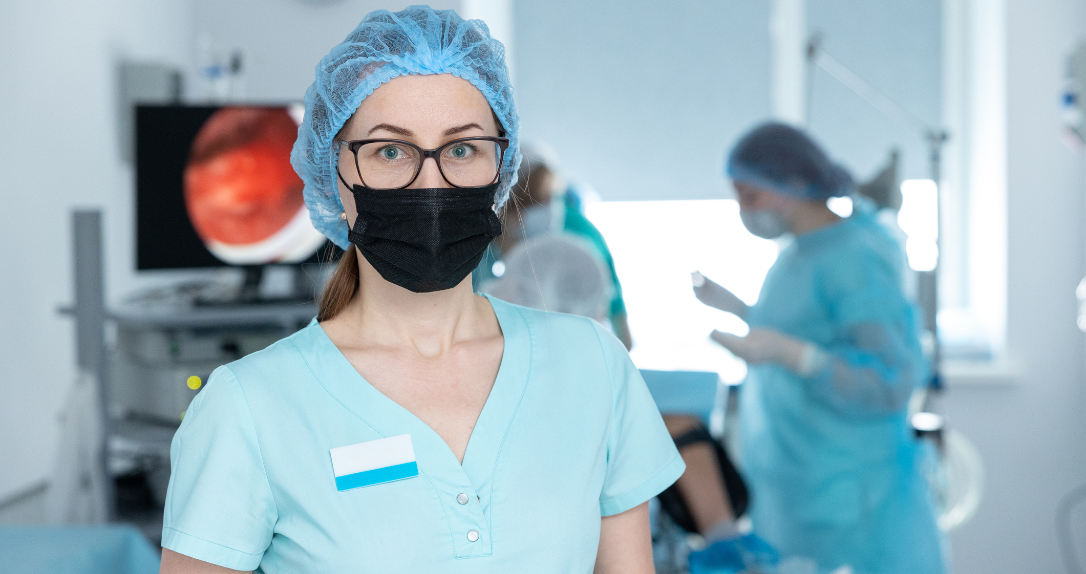
A hysteroscopy is a simple procedure where a narrow scope is placed through the cervix into the uterus to visualize growths, such as polyps or fibroids, that might prevent conception or lead to a miscarriage. Hysteroscopy effectively identifies abnormalities in the uterus and can increase the likelihood of IVF success.
Generally, a fertility specialist will recommend scheduling a hysteroscopy for the first week after a woman’s menstrual cycle and this timing will provide the optimum field of vision inside the uterus.
Patients are aware but are given sedation or pain management for this procedure and if other procedures like laparoscopy is performed at the same time, the patients will be given a general anesthesia. A full bladder is required and helps to see a clear image of all the organs.
A hysteroscope, a narrow fiberoptic telescope, is used and inserted through the cervix allowing the fertility specialist to visualize the full uterine cavity and detect possible issues. This procedure will take 15-30 minutes, and is considered very safe and is used for both diagnostic and treatment purposes.
Why does hysteroscopy increase the possibility of IVF success?
The role of hysteroscopy in infertility investigation is to detect possible intrauterine changes that could interfere with implantation or growth when trying to conceive. Uterine issues account for approximately 10% of infertility cases.